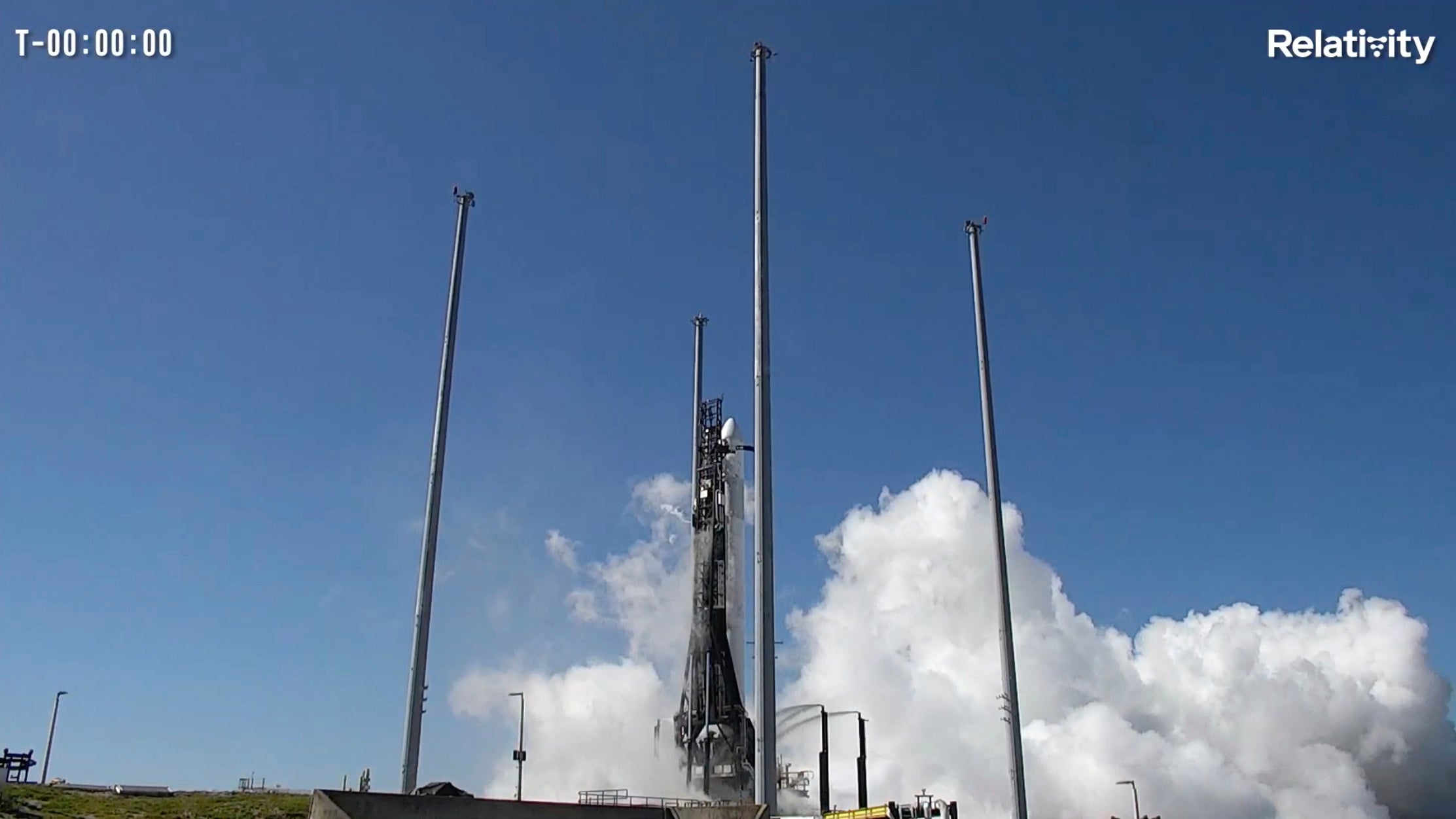3D-printed rocket remains grounded after more launch aborts
A rocket made almost completely of 3D-printed parts remains grounded after back-to-back launch aborts

Your support helps us to tell the story
From reproductive rights to climate change to Big Tech, The Independent is on the ground when the story is developing. Whether it's investigating the financials of Elon Musk's pro-Trump PAC or producing our latest documentary, 'The A Word', which shines a light on the American women fighting for reproductive rights, we know how important it is to parse out the facts from the messaging.
At such a critical moment in US history, we need reporters on the ground. Your donation allows us to keep sending journalists to speak to both sides of the story.
The Independent is trusted by Americans across the entire political spectrum. And unlike many other quality news outlets, we choose not to lock Americans out of our reporting and analysis with paywalls. We believe quality journalism should be available to everyone, paid for by those who can afford it.
Your support makes all the difference.A rocket made almost completely of 3D-printed parts came within a half-second of blasting off Saturday on its debut flight, but remained grounded after back-to-back launch aborts.
The engines ignited, but abruptly shut down, leaving Relativity Space’s rocket, named Terran, standing on its pad.
Launch controllers reset the countdown clocks and aimed for the last possible moment of the three-hour window at Cape Canaveral Space Force Station. But once again, on-board flight computers halted the countdown, this time with 46 seconds remaining. No cause was given for the problems.
The first launch attempt, on Wednesday, was aborted at the one-minute mark because of a bad valve.
There was no immediate word on when the company might try again.
At 110 feet (33 meters), the rocket is relatively small. Relativity Space said 85% of the rocket, including its engines, came out of its huge 3D printers at company headquarters in Long Beach, California.
Given this is a test flight, all that is aboard the rocket is the company’s first 3D metal print. The company aims to put the souvenir, along with the second stage, into a low, short-lived orbit.
___
The Associated Press Health and Science Department receives support from the Howard Hughes Medical Institute’s Science and Educational Media Group. The AP is solely responsible for all content.